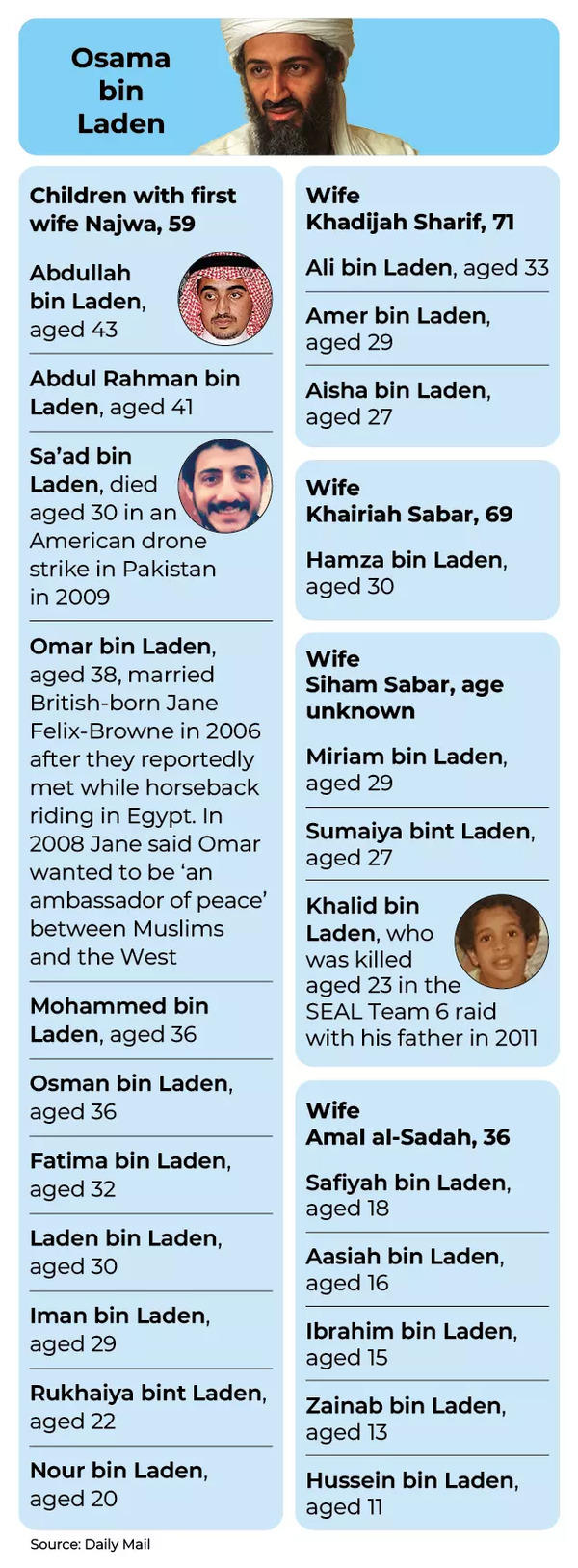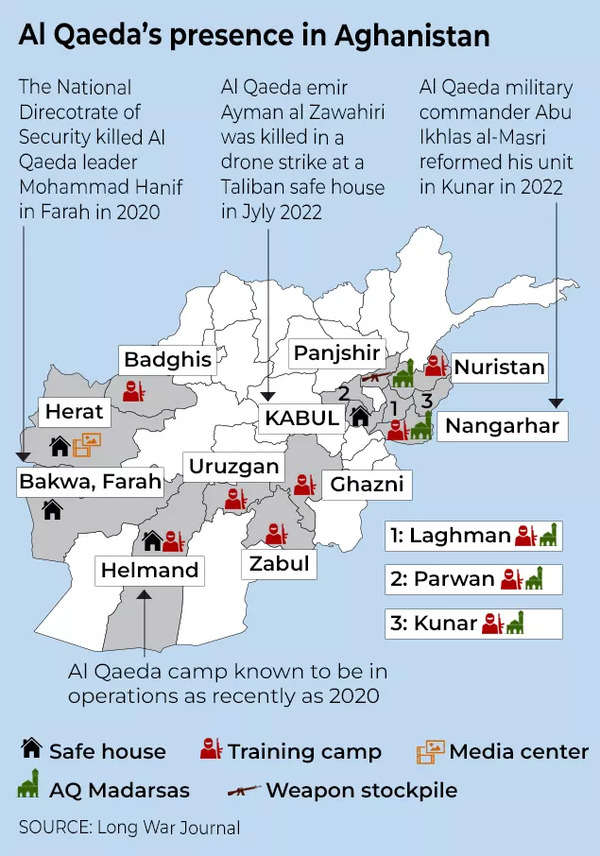Now, the world is slowly but surely realizing that all the talk of Taliban 2.0 is just a ploy by the militant group to successfully take over Afghanistan. Taliban 2.0 is no different from Taliban 1.0. All the restrictions on girls and women are back. Terrorist groups were once again allowed to establish bases and training camps.
Terrorist attacks in Pakistan, the main initiator of Taliban 2.0, are resurgent
The Tehreek-i-Taliban Pakistan (TTP), commonly known as the Pakistani Taliban, is running rampant in Afghanistan. The TTP openly states that its goal is to overthrow the democratically elected government of Pakistan. The group’s goal is to replace the current system with an emirate that strictly adheres to an interpretation of Islamic law.
The TTP’s violence has resulted in numerous deaths, including members of the Pakistan Defense Forces, law enforcement agencies and civilians.


Terrorist attacks in Pakistan, the main initiator of Taliban 2.0, are resurgent
The Tehreek-i-Taliban Pakistan (TTP), commonly known as the Pakistani Taliban, is running rampant in Afghanistan. The TTP openly states that its goal is to overthrow the democratically elected government of Pakistan. The group’s goal is to replace the current system with an emirate that strictly adheres to an interpretation of Islamic law.
The TTP’s violence has resulted in numerous deaths, including members of the Pakistan Defense Forces, law enforcement agencies and civilians.
Now, there are reports that even Al Qaeda is regrouping and is gaining the ability to plan and launch terrorist attacks against Western countries.
drive news
- New intelligence report shows
Hamza bin Laden son ofOsama Bin Laden has taken over command of al Qaeda, contradicting claims that he was killed in a 2019 U.S. airstrike. Known as the “Crown Prince of Terror”, Hamza is now believed to play a key role in the terror group’s resurgence, overseeing the establishment of new training camps in Afghanistan as al-Qaida rebuilds its ability to launch attacks in the West. The British “Mirror” reported that including the United Kingdom and the United States. Experts warn that Hamza’s leadership is reinvigorating the group and deepening its ties with the Taliban. - Hamza’s brother Abdullah bin Laden is also believed to be involved in al-Qaeda operations, creating a powerful family-led terror dynasty with a shared mission to spread chaos, much like their father.
- Hamza bin Laden and his four wives are believed to have sought refuge in Iran for several years while evading the CIA. Although there are claims he died in a 2019 U.S. airstrike in Afghanistan, no DNA evidence has been obtained to confirm his death. According to the Mirror, recent intelligence suggests that Hamza is using hideouts in Afghan provinces to facilitate the movement of al-Qaeda members into and out of Iran.
- The Mirror reported that these reports suggested that Hamza’s survival and resurgence may mark Al Qaeda’s most powerful resurgence since the Iraq war, raising concerns about a new wave of terror against the West.

why this is important
- Hamza bin Laden’s leadership represents a new threat from al Qaeda. The group has remained silent since he was killed in a drone attack. Under Hamza’s leadership, Al Qaeda took advantage of the Taliban’s return to power after the U.S. troop withdrawal in 2021 to regroup in Afghanistan.
- This resurgence could have dire consequences for the West. Afghanistan is now home to a growing number of terror training camps where militants and suicide bombers prepare to attack Western targets. Despite its earlier pledge to cut ties with the terror group, the Taliban has allowed Al Qaeda to re-establish its presence in the country, complicating the security situation.
- According to reports, there are as many as 21 different terrorist networks in Afghanistan, making it the most concentrated terrorist hotspot in the world.
- The fact that these camps are being built in areas where Western armies have previously fought, such as Helmand and Ghazni provinces, highlights the symbolic and strategic threat posed by al-Qaeda’s resurgence. The existence of these camps, coupled with Al Qaeda’s growing strength, has raised concerns that another 9/11-style attack may be brewing. An intelligence analysis seen by The Mirror said: “The similarities between the current situation and the lead-up to the 9/11 attacks are striking.”
overall view
- The resurgence of Al Qaeda is closely related to the resurgence of the Taliban in Afghanistan. Since the fall of Kabul in 2021, the Taliban has maintained a strong relationship with Al Qaeda, providing the terrorist group with havens and training facilities.
- This kind of collaboration is not new. The Taliban and Al Qaeda have deep historical ties, dating back to the 1990s, when Osama bin Laden first established Al Qaeda headquarters in Afghanistan. Despite the 2001 US-led invasion, these relationships have survived and are now stronger than ever.
- According to a recent report by the United Nations Analytical Support and Sanctions Monitoring Team, Al Qaeda will open eight new training camps across Afghanistan in 2024. Helmand and other provinces, many of which were once battlegrounds for US and British troops fighting the Taliban, are here. In addition to these camps, Al Qaeda has established five religious schools in areas such as Kunar and Nangarhar provinces to serve as a breeding ground for new members.
- Hamza bin Laden reportedly played a key role in this resurgence. Intelligence shows that Hamza, who is in his 30s, has been living in Afghanistan and is protected by senior Taliban leaders and holds regular meetings with them to coordinate the activities of Al Qaeda.
- Hamza is also believed to have the support of Afghan warlord Sirajuddin Haqqani, leader of the notorious Haqqani network. Haqqani has been linked to numerous terrorist attacks in Afghanistan and is said to have sheltered Hamza and his family in the country, further strengthening ties between the Taliban and al-Qaeda.
- An intelligence dossier said: “The resurgence and strengthening of ties between the Taliban and al-Qaida, as well as the Taliban’s establishment of training camps in Afghanistan, pose a profound threat to the West.” Western officials are particularly concerned that the Taliban is providing al-Qaeda members with Facilitating movement between Afghanistan and Iran allows them to regroup and plan attacks with minimal disruption.

what are they talking about
- Colonel Richard Kemp, the former commander of British forces in Afghanistan, expressed strong concerns about Hamza’s role in al-Qaeda’s resurgence. Kemp told the Mirror: “Hamza now appears to have a vast territory in Afghanistan that he will single-mindedly conquer and avenge his father.” He warned that Hamza’s leadership, coupled with the Taliban’s desire to terrorize The organization’s tolerance may lead to a new wave of attacks on the West.
- “The fact that Hamza bin Laden is not only alive but actively involved in al-Qaeda’s resurgence is well known among senior Taliban leaders. An intelligence report said these leaders were in contact with him, held regular meetings and Keep him and his family safe as the organization embarks on its most powerful comeback since its founding.” Iraq war. “
- In addition to Western intelligence agencies, Afghan resistance groups are also concerned about Al Qaeda’s growing presence in the country, a Foreign Policy report says. Ali Maisam Nazari, a senior leader of Afghanistan’s National Resistance Front (NRF), said during a visit to Washington: “The Taliban allowed al-Qaeda to establish bases and ammunition depots in the heart of the Panjshir Valley. We see all the lights red Flashing.
Read between the lines
- While Hamza’s survival and leadership have reignited fears of another large-scale attack, the situation in Afghanistan is part of a broader pattern of growing extremism in the region. In addition to Al Qaeda, other terrorist organizations such as the Islamic State in Khorasan (ISIS-K), Tehreek-e-Taliban Pakistan (TTP) and the Islamic Movement of Uzbekistan have also expanded their influence in Afghanistan with the help of the Taliban. Reluctance to fight extremist factions.
- The United Nations has also noticed that the number of foreign militants in Afghanistan is increasing. Militants from Arab countries, Central Asia and even Europe have poured into Afghanistan to receive training and participate in combat. The influx of militants, coupled with training camps run by Al Qaeda and other groups, has made Afghanistan a global epicenter of jihadist activity.
- Additionally, the growing ties between Al Qaeda and ISIS-K are particularly concerning. The two factions were previously rivals, but new intelligence reports suggest they are now working together, with reports of intermarriage between members of both factions. The alliance reflects past cooperation among major terrorist leaders and signals a new, more unified threat to the West.
what’s next
- renaissance
Al Qaeda Afghanistan poses major challenges to Western governments. Despite the Taliban’s assurances that they will prevent Afghanistan from becoming a haven for terrorism, the reality on the ground shows that the opposite is true. The United States and its allies must now reassess their counterterrorism strategy, especially as al-Qaeda rebuilds its infrastructure and strengthens alliances with other terrorist groups. - Intelligence experts warn that the growth of these training camps and the reestablishment of al Qaeda’s network could lead to future attacks, not just in the Middle East but also in Europe and the United States. A report seen by the Mirror said “Al Qaeda is regrouping to prepare for future attacks on Western targets”. The report also highlights the possibility of another 9/11-style attack, driven by the symbolic and strategic influence of Hamza bin Laden’s leadership.
- With Hamza at the helm and the Taliban providing cover, the threat posed by Al Qaeda is as strong as ever. Western governments, especially those in the United States and the United Kingdom, must remain vigilant and develop new strategies to deal with this growing danger.
(Based on input from each agency)







